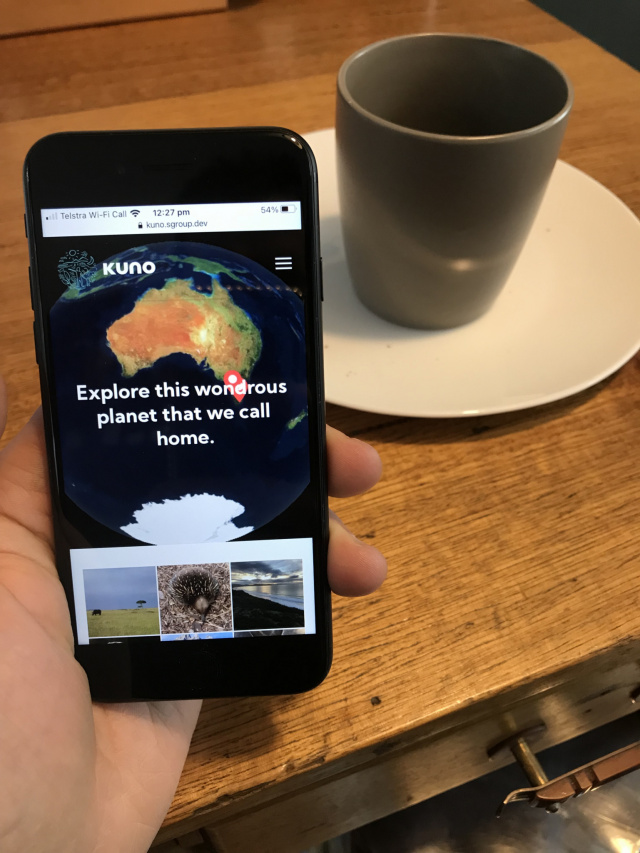"One touch of nature makes the whole world kin" - Shakespeare
Humanity, over millennia, evolved with a deep connection to and love for the natural world
Humans are creatures of nature. We came from the natural world, we evolved within it, we rely upon it, we are deeply connected to it, and our connection to the natural world from which we came is fundamental to our health, happiness and survival as a species on planet earth;
“I believe in the cosmos. All of us are linked to the cosmos. Look at the sun. If there is no sun, then we cannot exist. So nature is my god. To me, nature is sacred. Trees are my temples and forests are my cathedrals.” – Mikhail Gorbachev, Former President USSR
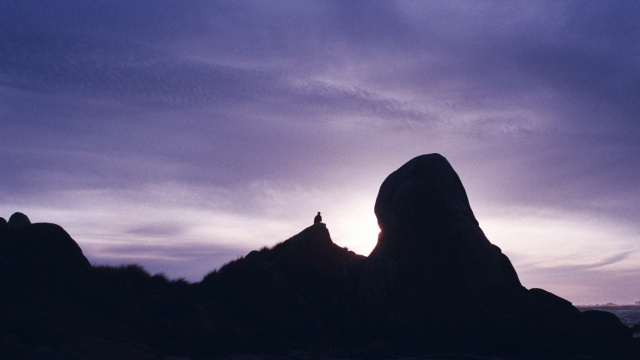
"The earth is the very quintessence of the human condition"
- Hannah Arendt, writer, philosopher and political scientist
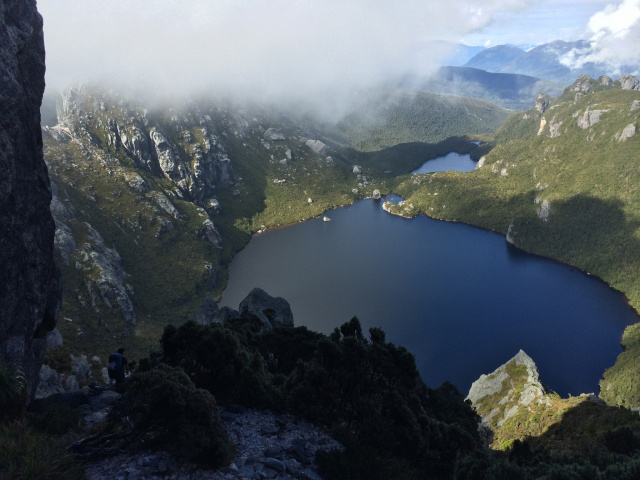
“Those who contemplate the beauty of the Earth find reserves of strength that will endure as long as life lasts.”
- Rachel Carson, marine biologist and writer
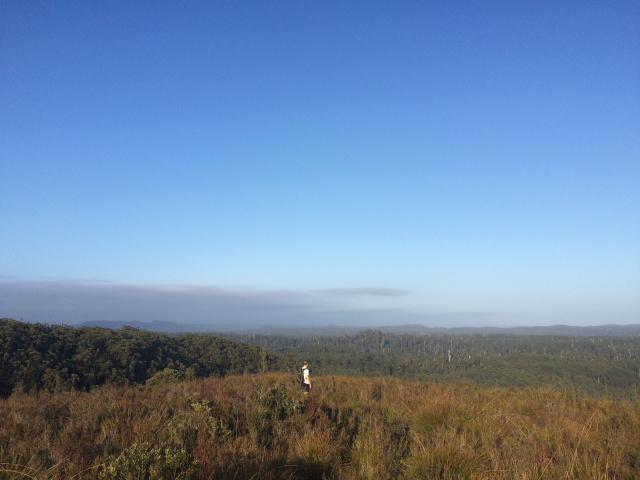
Yet changes in technology are disrupting our connection to nature
The industrial revolution which began in the 18th century and gathered pace in the 19th century disrupted our connection to the natural world. By the 20th century, there had been an explosion in human ingenuity, travel, development, population growth, economic growth and in turn, human life expectancy and wellbeing.
However, these changes were concurrently dramatically disrupting humanity’s connection with nature and having an increasingly destructive impact on the natural world itself. These changes have accelerated at a dizzying pace with the technological revolution of the past 30 years. The scale of the human impact on the planet is now so great that it has led us into an ecological crisis and disruption to the very climate and life support systems upon which humanity and life on earth depends.

The challenge of this century - protecting and restoring the nature of planet Earth
The challenge for humanity this century, therefore, is to reverse this crisis, and to transform the way we run our cities, towns, food, economy and transport systems so that people and nature can thrive together.
How can this be achieved in the world we are living in today?
In thinking about how to do this, it is useful to think about what the critical elements of success in protecting nature have been in the past.
Firstly, what we see is that the foundation stone to every story of success is a recognition that people’s connection to and love for nature is central to its protection. People will take action to protect what they love.
Secondly, bringing people from many backgrounds and talents together to take effective coordinated long-term action for nature is fundamental.
Finally, whilst strategies and tactics have evolved over time, the most effective efforts to conserve nature best incorporate current technology as a tool to help connect people with nature, to foster people’s love for nature, and to transform that love into effective action:

Connecting people to nature is central to its protection
In the late 19th century, naturalist John Muir's love of the Yosemite valley inspired him to write beautifully and prolifically about the wonder of this place and of nature in American magazines and newspapers - the communications technology of the time;
"Everybody needs beauty as well as bread, places to play in and pray in, where nature may heal and give strength to body and soul,"
Yet Muir also mourned the destruction of forests and open meadows around the Yosemite valley and with others founded the Sierra Club to seek to work for its protection. By writing and communicating with their fellow citizens, Muir and the Sierra Club fostered a love for and connection to the Yosemite valley amongst the American people - most of whom had never been there. Many were inspired to see and experience the wild beauty of Yosemite for themselves and were transformed by the experience.
These efforts culminated in President Theodore Roosevelt visiting and camping in the Yosemite Valley with John Muir in 1903. Roosevelt fell in love with the place; "It was like lying in a solemn cathedral, far vaster and more beautiful than any built by the hand of man," and by 1906, had declared the Yosemite valley a National Park.
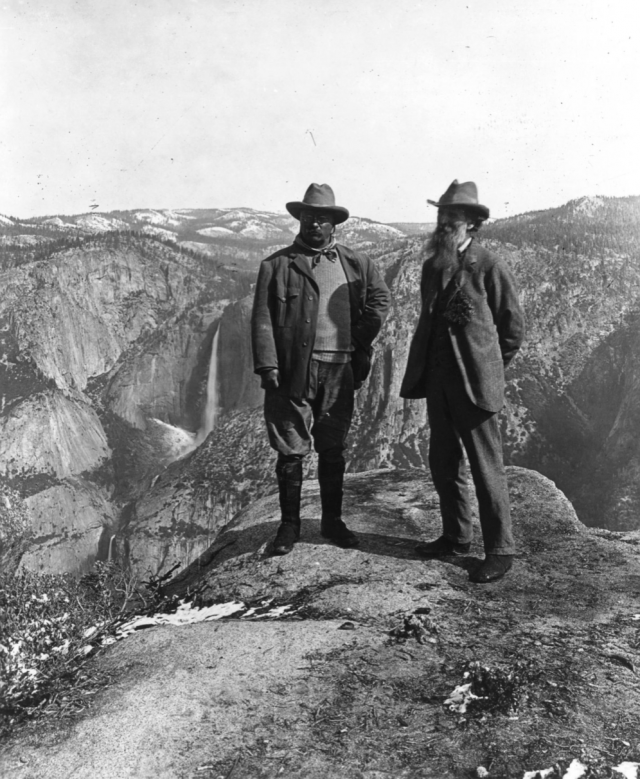
Bringing people together enables their love for nature to be turned into effective action
In 1960s Apartheid South Africa, a shared love for the African bush broke down old divides and brought together a deep friendship between Magqubu Ntombela and Ian Player;
"Through his patient instruction he introduced me to a new cosmology. We worked together capturing rhino and on long patrols fighting poaching gangs. Together we took more than 1000 people into wilderness areas... He always led with courage; following the rhino paths and stopping to explain the history of the landscape. For Magqubu the hills and trees lived." - Ian Player.
Ntombela and Player's combined efforts to preserve wild nature led to the establishment of a number of wilderness reserves and saved the White Rhinoceros from extinction.
Magqubu, however, saw that taking a species by species approach was not enough, so he proposed a global indaba (Zulu for decision-making meeting among tribes) to foster better coordination for Earth's wild places. Thus the 'World Wilderness Congress' was born, a five yearly global meeting amongst conservation leaders. This initiative has gone on to catalyse the formation of millions of hectares of new protected areas, multiple new organisations to protect nature, multi-lateral efforts to protect wilderness across boundaries, and the formation of the Nature Needs Half movement.
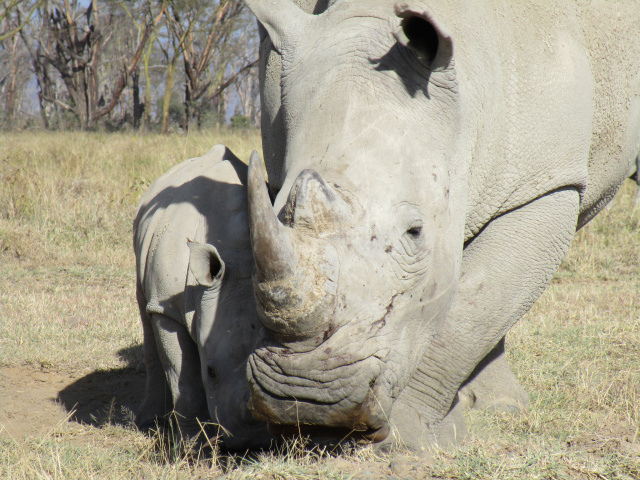
Technology has the power to bring nature into the hearts of people far away
In the 1970s and 1980s, conservationists led by Bob Brown and the Wilderness Society brought the spectacular beauty and plight of the wild rivers in the remote wilderness of South-West Tasmania to the attention of the public. A dedicated multi-faceted national campaign culminated in an audacious dam-site blockade; "Yet it was the river itself that saved the day. The advent of colour television brought the river’s natural beauty into Australia’s lounge rooms," - Bob Brown
Bringing extraordinary imagery of this wild place to millions of Australians enabled them to fall in love with the Franklin river, and newly elected Prime Minister Bob Hawke intervened to uphold a high court decision to stop the dam. The Franklin river continues to run free to this day.
In the High Court decision, Justice Lionel Murphy emphasised the universal value of wild nature, “The encouragement of people to think internationally, to regard the culture of their own country as part of world culture, to conceive a physical, spiritual and intellectual heritage, is important in the endeavour to avoid the destruction of humanity.”
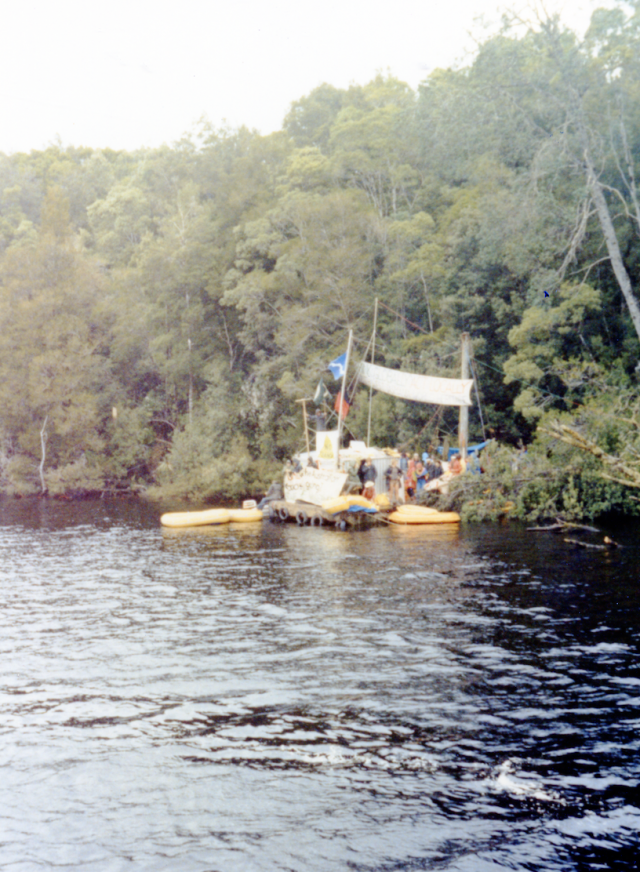
A tool to help nurture love for and protection of nature
Each one of these successful efforts to conserve nature has combined the fundamental pillar of people’s love for and connection with nature, with passion, commitment, and a savvy use of the technology of the time to bring people together to protect nature.
The dominant technology of today is the internet and mobile phone technology. This technology has been transformational for human society, radically changing how we communicate, socialise, bank, find transport, order food, find information and book a place to stay.
What do these dramatic technological changes mean, then, for the connection of people with nature and the conservation of nature? Will this technology accelerate the separation of people from nature or can it bring us closer together?
Kuno, therefore, is an experiment. Can we create a useful tool available to all that uses mobile phones and the internet to help link the natural world to people and make it easier for people to connect with nature, share their love for nature and work for its protection?
